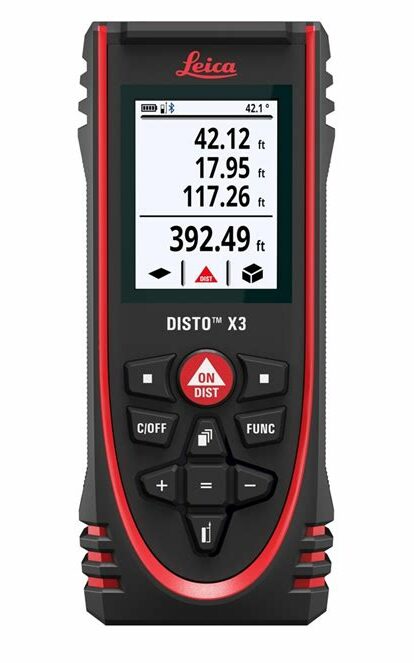From developing large agricultural structures to designing complex residential development schemes, a building surveyor plays an essential role in providing professional advice when development and building property. Surveyors work on a range of residential, commercial and industrial projects, including restoration and maintenance projects. Within the surveyor field, there are a variety of specialisms related to specific aspects of surveying such as measured building surveys.
From developing large agricultural structures to designing complex residential development schemes, a building surveyor plays an essential role in providing professional advice when development and building property. Surveyors work on a range of residential, commercial and industrial projects, including restoration and maintenance projects. Within the surveyor field, there are a variety of specialisms related to specific aspects of surveying such as measured building surveys.
The Role of a Building Surveyor
Building surveyors provide professional advice on the design and development of a property, whether it is for a new build or the redevelopment of an existing property. Unlike a land surveyor, this type of surveyor focuses on the structure itself rather than the surrounding lands. They work with architects and other professionals to identify preventative measures to ensure buildings are safe. Surveyors also provide advice on how to make structures sustainable over time. In some cases, since they are specialists in building regulations and determining the condition of buildings, they also provide evidence in court as an expert witness. These professionals are involved in construction design and building works, and have an active role in project management and monitoring.
Building surveyors provide professional advice on the design and development of a property, whether it is for a new build or the redevelopment of an existing property. Unlike a land surveyor, this type of surveyor focuses on the structure itself rather than the surrounding lands. They work with architects and other professionals to identify preventative measures to ensure buildings are safe. Surveyors also provide advice on how to make structures sustainable over time. In some cases, since they are specialists in building regulations and determining the condition of buildings, they also provide evidence in court as an expert witness. These professionals are involved in construction design and building works, and have an active role in project management and monitoring.
Services Provided by Surveyors
The work of a surveyor is diverse and can involve a wide range of tasks. They are involved in various aspects of construction, including design, maintenance, repair, refurbishment, and restoration.
The services provided by a surveyor may vary and may specialise in specific aspects of building surveying. A surveyor may specialise in providing advice on property legislation or may provide a full project management and monitoring service.
They may also focus on undertaking building surveys and measures surveys. Alternatively, a surveyor might specialise in providing pre-acquisition surveys or defect investigations.
Typical work activities include providing advice on property schemes and projects, as well as identifying requirements for the project.
They also prepare designs or drawings that include project specifications, costings and timelines.
Surveyors also work to determine the condition of existing structures, including identifying potential safety issues and assessing defects to propose potential repairs to ensure the structural integrity of the property.
The Role of a Measured Building Surveyor
They might also provide advice on the environmental impact of a project, the preservation or construction of historic properties, health and safety issues, project feasibility, and building construction and design regulations.
Surveyors may also deal planning applications as well as insurance assessments and claims.
The Role of a Measured Building Surveyor
While a generalist surveyor may provide a range of services, certain professionals specialise in carrying out measured building surveys. A measured survey is a building survey that is used to produce detailed plans for a building. These types of surveys are generally undertaken before redevelopment or renovation projects. They may also be used for commercial purposes or be completed once the construction phase of a building project is finished.
To complete the survey, a measured building surveyor uses digital instruments to obtain precise measurements of a property. These measurements are then used to produce a plan by the surveyor or another professional. The building measurements are also used by architects and interior designers for further planning and development work on the property. Plans or drawings may also be used to obtain planning permits from local authorities.
